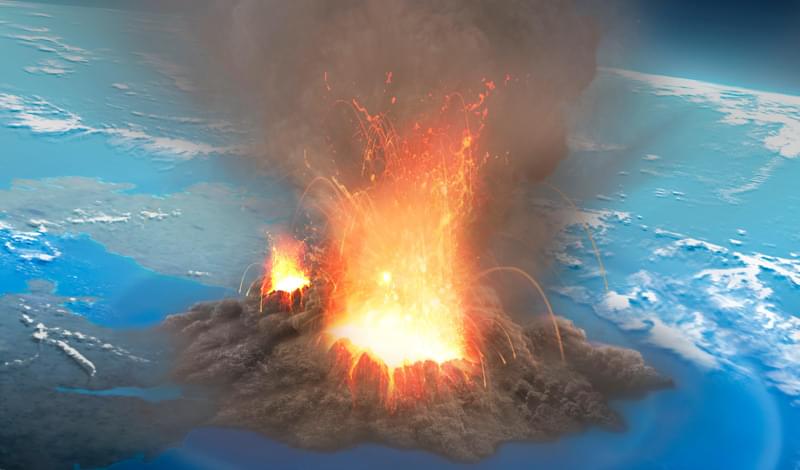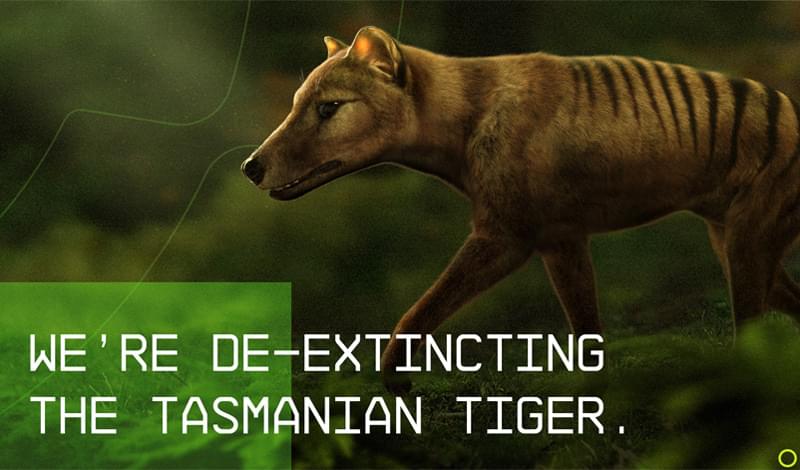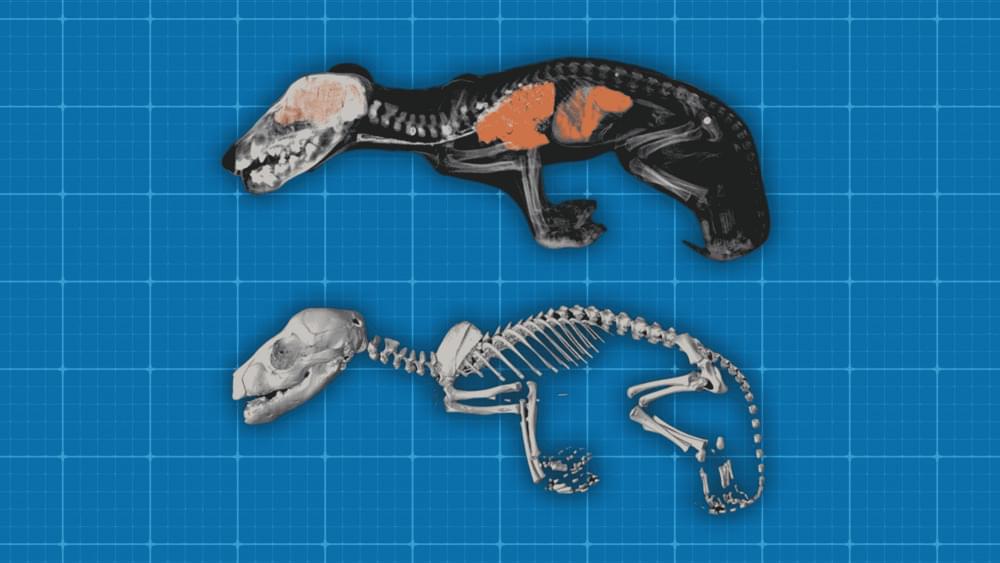The invasion that Russia has wrongfully started in Ukraine has led to more people talking about the threat of Nuclear war and World War 3. How does the Doomsday Clock relate to all this?
And Lifespan News: https://www.youtube.com/LifespanNews.
Support the great work being done by Lifespan, the team powering Life Noggin: https://www.lifespan.io/life-noggin/
Script:
Since 2020, the Doomsday Clock has been set to 100 seconds to midnight. Which is the closest its ever been to midnight in its 75 years of existence. As the scientists who set the clock put it: we’re “at doom’s doorstep.”
The Doomsday Clock is a metaphor to remind humans how close we are to destroying our planet through the technology we develop, with midnight representing the apocalypse. It’s a symbol to remind us to address these dangers so that we can survive on our planet. It was created by the Bulletin of the Atomic Scientists, an organization founded by scientists at the University of Chicago who worked on the Manhattan Project, which was America’s effort to develop atomic weapons during the Cold War.
When the Doomsday Clock debuted in 1947, its creator, artist Martyl Langsdorf, set it to 7 minutes to midnight. She was married to a physicist who worked on the Manhattan Project. When she heard him and other scientists talk about the consequences of developing this dangerous technology, she created the clock to show that we didn’t have much time left to get atomic weapons under control.





